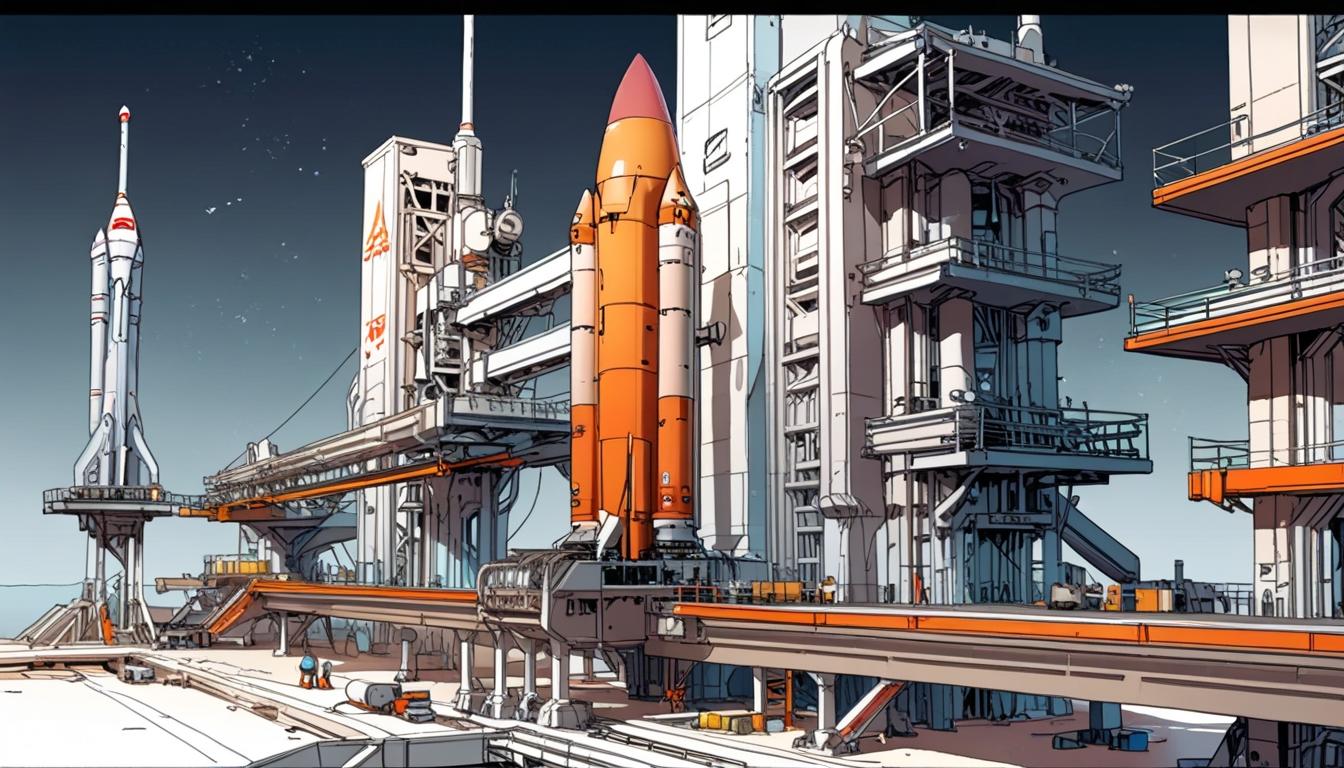The space economy is experiencing significant transformation, with projections suggesting that the global market could reach a staggering $1.8 trillion. Investors and innovators are increasingly viewing space not merely as a realm for scientific exploration but as a viable business opportunity. Prabhav Sharma, a global private equity and venture capital investor, asserts that 2025 will be a pivotal year for the space industry, marking the shift from speculative ventures to scalable business models.
Sharma elaborates on the ongoing evolution in space travel, which has traditionally been dominated by government-led initiatives characterised by high costs and lengthy timelines. He identifies two main approaches emerging in the commercial sector. The first is touted as full-stack control, where companies design and manufacture every component of their technology in-house, allowing for monetisation at multiple levels. The second approach advocates for disruption through advanced manufacturing techniques, such as 3D printing, which can potentially enable companies to produce 95% of a rocket. This method utilises artificial intelligence (AI) and automation to accelerate production processes and significantly reduce costs.
With over 300 launches proving the viability of these new models, Sharma likens this movement to an "F1 pit stop of orbital access," designed for speed and reusability. He states, “If they get it right, we’re no longer building rockets. We’re shipping updates,” indicating a future where rocket manufacturing resembles software development—rapid, versioned, and consistently evolving.
Furthermore, Sharma points to a notable shift towards creating ecosystems that integrate orbital hardware with data services. This transformation, he believes, is akin to turning space into a real-time Software as a Service (SaaS) platform. “Think Netflix, but for satellite intelligence,” he explains, adding that instead of entertainment, users will gain access to valuable insights such as climate data and predictive analytics, benefitting sectors like agriculture and logistics.
As we approach 2025, Sharma also anticipates the launch of the first private orbital habitat, representing a shift in focus from government-backed research to commercial applications in microgravity. This evolution could pave the way for various initiatives, including pharmaceutical trials, materials engineering, and even space hotels.
He further discusses NASA’s Commercial Lunar Payload Services programme, where private enterprises are gearing up to deliver landers to the Moon. Sharma states, “This isn’t about flags and footprints. It’s about logistics, infrastructure, and eventually—ownership models,” highlighting the potential for resource extraction and sustained lunar operations.
The potential for orbital manufacturing is another area of keen interest for Sharma. He believes that zero gravity can enable the creation of new materials and medicines that are unattainable on Earth. “Microgravity gives us a completely different playbook,” he notes, asserting that the next industrial revolution may well occur 250 miles above the Earth, inside solar-powered factories that operate continuously.
AI is expected to play a crucial role in managing the complexities of the evolving space economy. Sharma observes that as satellite constellations grow, the volume of data and orbital traffic will surpass manual management capabilities. “AI is stepping in to handle everything from collision avoidance to bandwidth optimization,” he states, emphasising the need for intelligent systems that can adapt and operate autonomously.
Sharma draws attention to the competitive landscape of the space race, describing it as a convergence of traditional infrastructure and disruptive speed. According to him, the most astute investments will recognise the importance of integrating both models to shape the future of the space industry. “The smartest bets aren’t about choosing one over the other,” he explains. “They’re about understanding how both forces—discipline and disruption—work together to define the next chapter of space.”
In conclusion, with advancements in technology and shifts in market perceptions, the space economy is poised for significant growth and transformation, characterised by innovative approaches and strategic partnerships. As Sharma aptly puts it, “Earth is so 2024. The real action is already orbiting overhead.”
Source: Noah Wire Services
